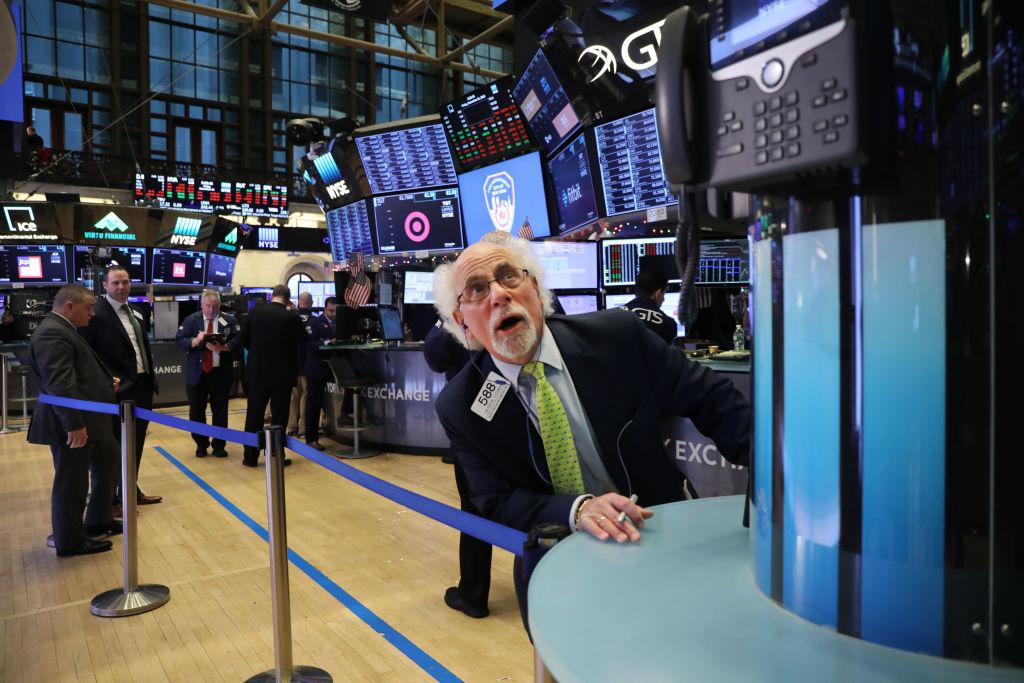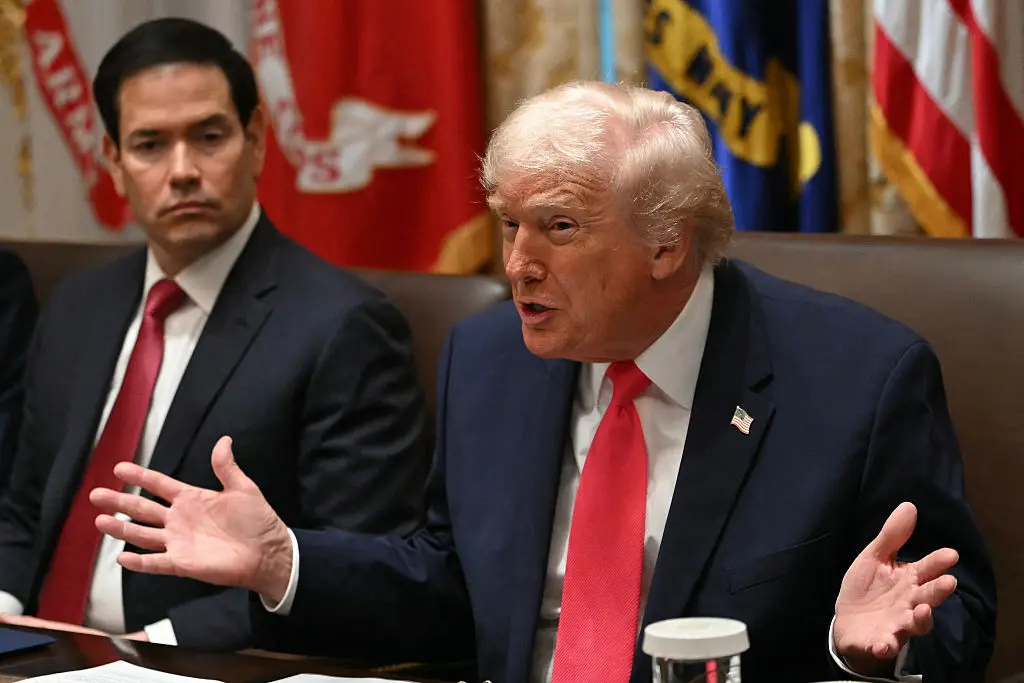WASHINGTON—December will go down as an unusually volatile period for Wall Street, but despite the wild swings heading into the end of 2018, some investors believe now is a good time to invest in U.S. stocks for the long term.
The Dow Jones Industrial Average ended the year down 5.6 percent. The index suffered a deep plunge since it broke its all-time high in October and had its worst December since 1931.





